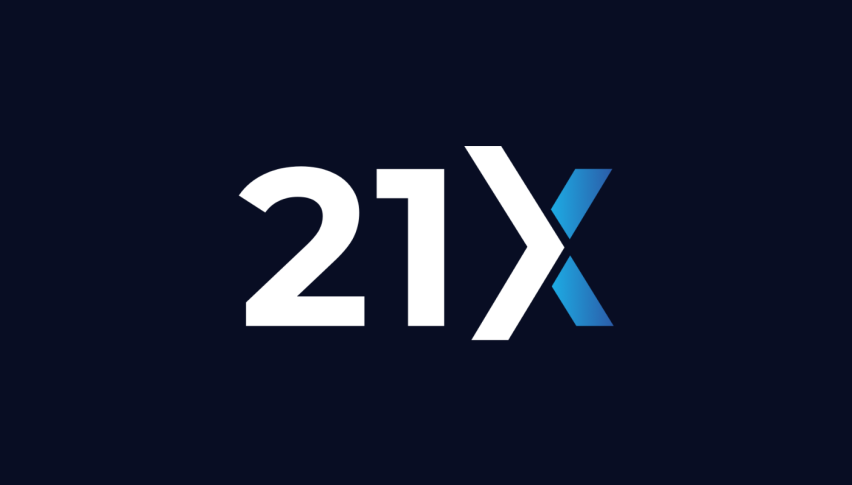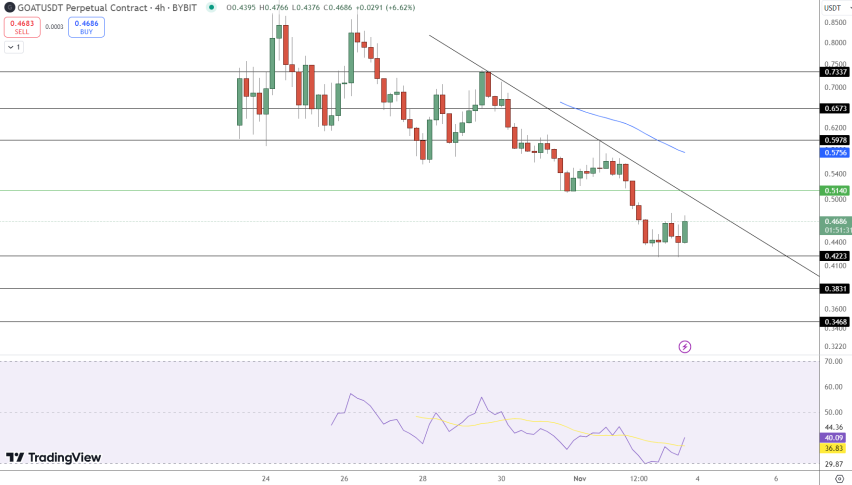EU’s New Crypto Law: Will the Industry Adapt to Stricter Regulations?
New EU legislation aims to curb scams and market turmoil in cryptocurrency, like Bitcoin, but many major players are yet to comply.

The landmark regulation, effective this week, allows exchanges and wallet providers to apply for licenses to operate across the bloc. Despite Brussels’ claim of being the first to set tailored crypto rules, compliance remains low.
Stricter Regulations and Industry Response
The new EU crypto regulation, MiCA, was agreed upon in June 2023. France’s finance minister, Bruno Le Maire, praised the legislation, stating it will “prevent the misuse of crypto-assets while being innovation-friendly to maintain the EU’s attractiveness.”
🌐 Global #Crypto Update: G20 pushes for a cross-border crypto framework by 2027 🌍. EU’s MiCA regulation set to provide comprehensive rules for the sector. US focuses on new legislation for stablecoins and crypto oversight. Stay informed on these key developments! #CryptoNews pic.twitter.com/wOaErljaOo
— bonto.io (@bonto_io) June 24, 2024
German lawmaker Stefan Berger added that these rules position the EU at the forefront of the global token economy. Despite this, the mood in the industry is tense as finance-style rules loom.
Faustine Fleuret, president of French crypto lobby group ADAN, described the period as “difficult and uncomfortable,” citing tough and unclear norms.
Marina Markezic, founder of the European Crypto Initiative, noted that many crypto companies have yet to inform their customers about the law’s implications. Binance announced it would restrict access to unauthorized coins once MiCA is implemented, but clarity from others is lacking.
Implementation Challenges and Future Prospects
A significant part of MiCA focuses on stablecoins, crypto assets pegged to other assets like gold or the US dollar. These rules, set to take effect first, present challenges such as whether handling stablecoins requires registering as a payment provider.
Fleuret pointed out that the European Banking Authority (EBA) only recently published its final set of technical standards, leaving operators with little time to prepare.
“Less than two weeks before the entry into application of a big, big, brick of the MiCA regulation, the people that have to comply with it did not even have all the operational details that they need to get compliant,” she said.
As of now, no major crypto players have confirmed approval under MiCA. Paolo Ardoino, CEO of stablecoin issuer Tether, and Circle, which applied for a MiCA license last year, have yet to secure regulatory approval.
Both Markezic and Fleuret see some positives in MiCA, particularly in providing a clear framework for crypto businesses to operate across Europe. However, Fleuret expressed concern that the law might not be proportionate for smaller players.
Impact on the Industry
The creation of MiCA was partly driven by fears of big tech companies like Facebook issuing their own currencies, as seen with the abandoned Libra project.
Recent collapses like Terra’s stablecoin further fueled the need for strict regulations. MiCA imposes reserve requirements on stablecoins based on the euro and limits on daily transactions, challenging existing arrangements.
The cryptocurrency industry has faced significant challenges, with prominent figures like Sam Bankman-Fried and Changpeng Zhao facing legal consequences.
Can you share the most significant challenges @ViaBTC has faced in the cryptocurrency mining industry, and how the company has overcome them?
— 𝐁𝐮𝐥𝐥𝐢𝐬𝐡 𝐏𝐢𝐳𝐳𝐚🍕 (@BullishPizza69) June 18, 2024
Despite these setbacks, Markezic believes that legal credibility could usher in a new era for crypto. Established providers such as banks have been waiting for clear regulations, potentially bringing the technology into mainstream use.
Markezic optimistically stated, “I think that we will speak less about the technology and less about stablecoins and… more about the utility and what can it bring to the consumer.” However, she acknowledged the road ahead is fraught with challenges.
“A lot of companies will not have the capability of being compliant,” she said. “Very small startups and innovative companies will probably limit their activities in the EU.”



